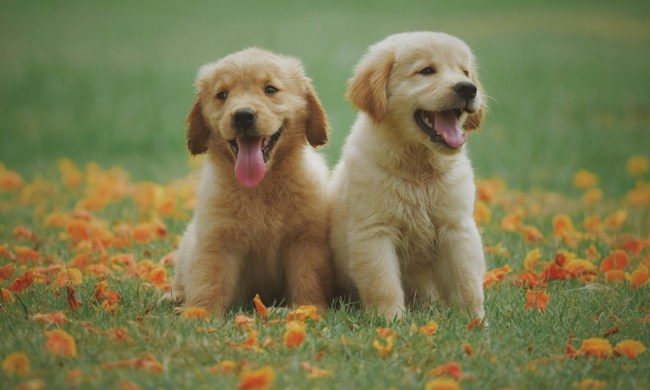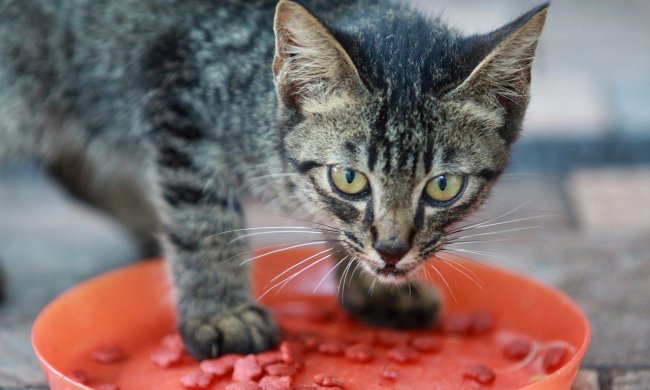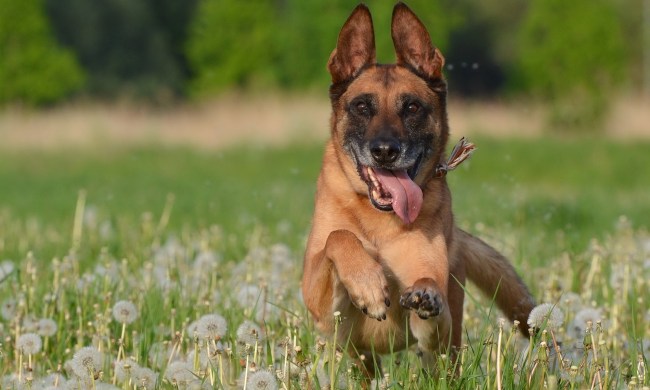Did you know that chinchillas’ ancestors first arrived on the scene around 41 million years ago? Chinchillas hail from the Andes region of northern Chile, though they quickly spread to neighboring countries in South America.
These adorable creatures, which are related to guinea pigs and porcupines, resemble rabbits with mouselike ears and long, fluffy tails. Chinchillas came close to extinction in the early 1900s due to the fur industry’s demand for their luxuriously soft coats. Fortunately, Argentina, Bolivia, Chile, and Peru banned the hunt for wild chinchillas, and their population recovered.
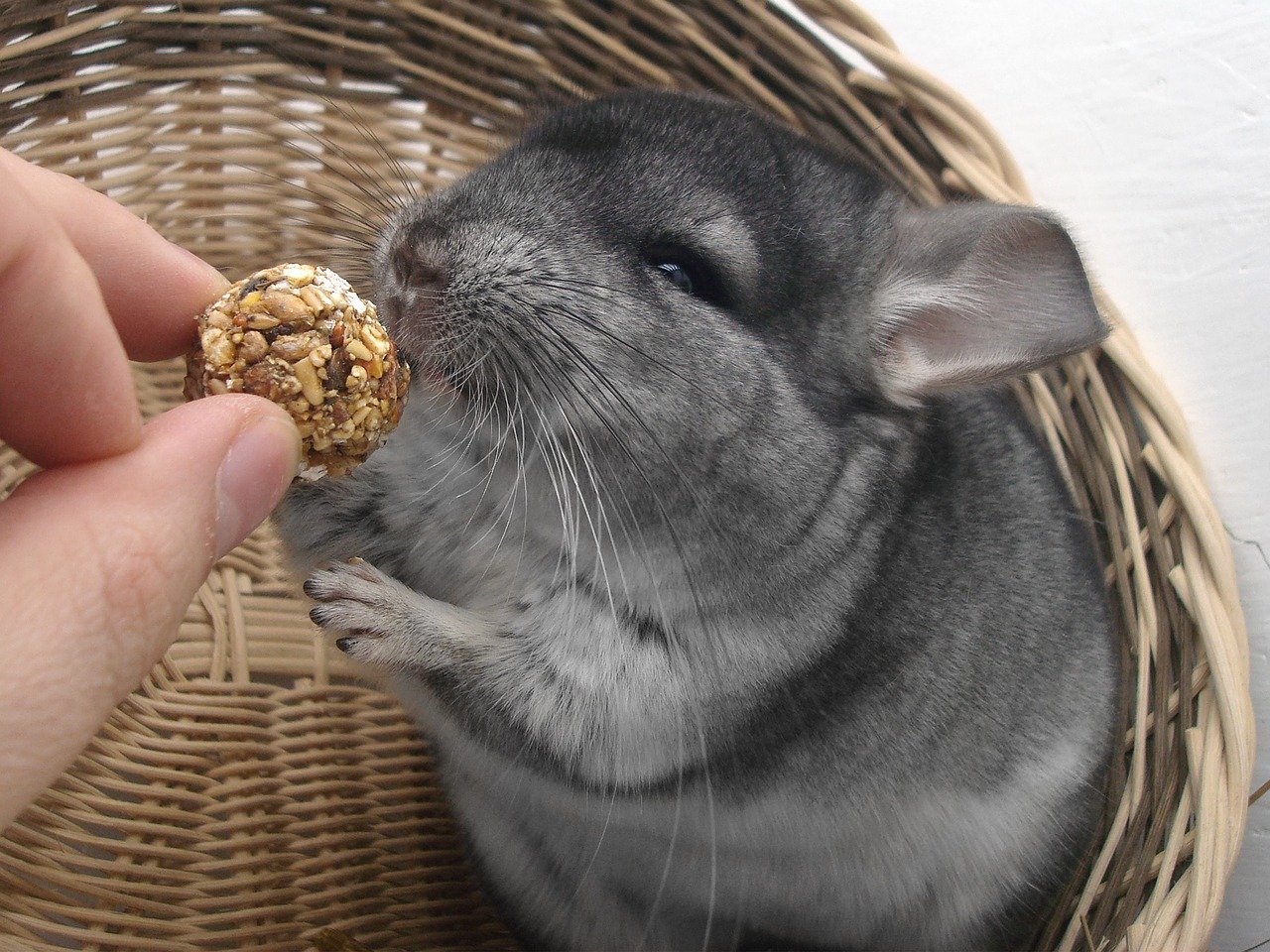
In 1923, Mathias F. Chapman, a mining engineer, received permission from the Chilean government to bring 11 chinchillas to the United States. This means almost every pet chinchilla in the country is descended from one of Chapman’s chinchillas. Chinchillas became popular pets in the 1960s despite being mostly nocturnal. When raised from kits, they can be affectionate, playful pets.
Will chinchillas use a litter box?
You may be wondering what it’s like to own a chinchilla, which begs the all-important question: Can chinchillas be potty trained? The answer is a bit complicated. Because chinchilla feces has no odor, vets say it’s basically impossible to teach them to defecate in a litter box. However, with a bit of effort, you can train your new furry friend to use a chinchilla litter box for urination. Older chinchillas are more set in their ways, so training them requires more time and patience than it takes for younger chinchillas. However, kits should be at least 6 weeks old before you attempt potty training, as they don’t have proper control over their bladders until then.
Potty training your chinchilla helps you save time and money. Once your chinchilla is litter-box trained, you won’t have to clean his cage as often. You’ll save money on bedding, and you won’t spend as much time picking up after your furry friend.
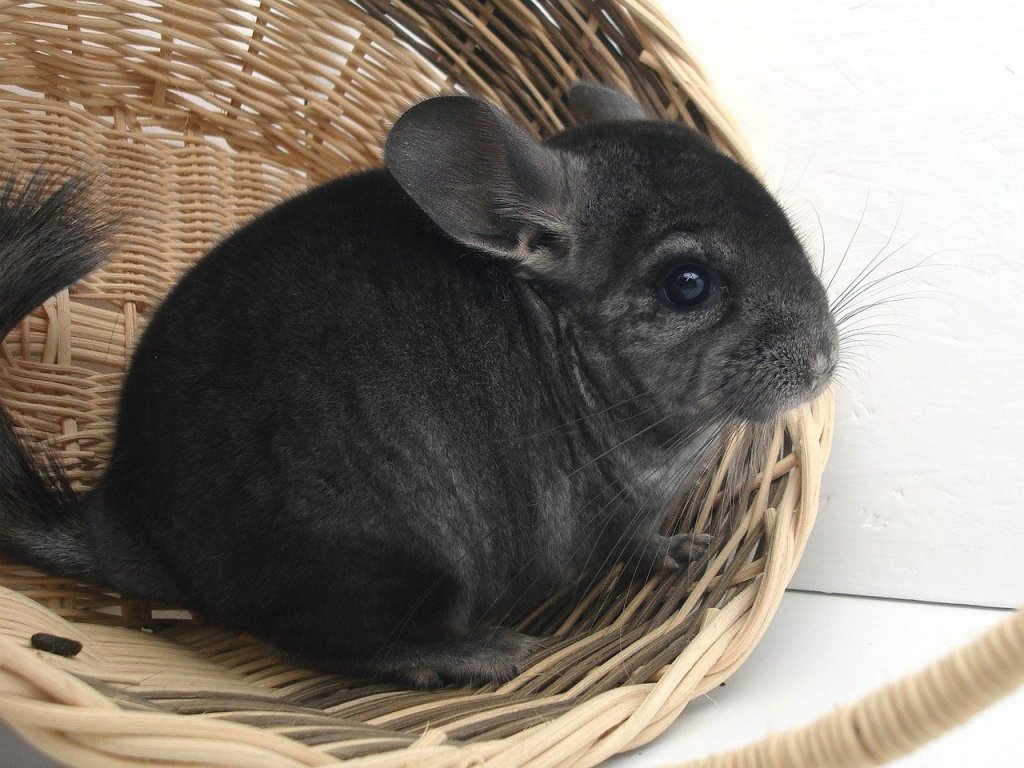
What you’ll need to potty train a chinchilla
- Litter box
- Chinchilla-safe litter
- Used bedding
- Scoop
First of all, you’ll need a litter box large enough for your chinchilla to use comfortably that doesn’t take up too much valuable real estate in his cage. You’ll also need chinchilla-safe litter, used bedding from your chinchilla’s cage, and a scoop.
Chinchillas love to chew, and some litters can expand in the stomach and cause serious digestive problems like intestinal blockages. Similarly, cat litter can be extremely dangerous for these little guys due to the presence of dust and irritants in clay-based and silica-based litters.
Wood shavings are an acceptable form of litter for chinchillas, but only if you choose wisely. Softwoods, such as cedar, contain natural essential oils that could cause skin irritation, allergies, and respiratory problems. Hardwoods like aspen are much safer for chinchillas, as they lack fragrant oils. We recommend opting for a dust-free, fragrance-free litter designed for small animals.
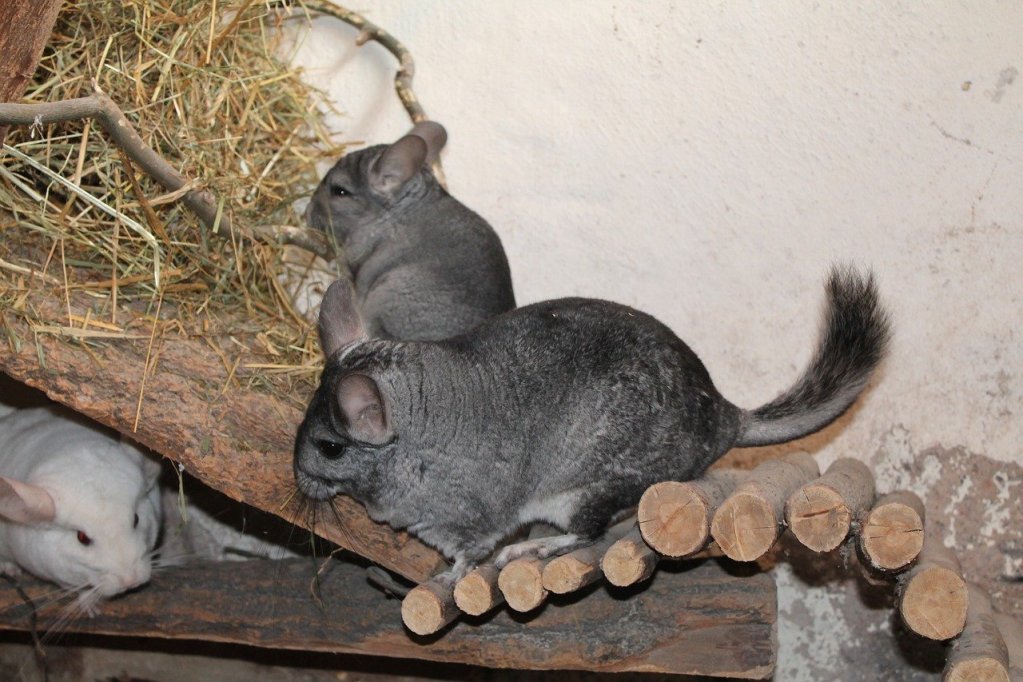
How to potty train your chinchilla
Because chinchillas tend to poop frequently — and wherever they happen to be — teaching your chinchilla to defecate in the litter box isn’t going to happen. However, chinchillas tend to urinate in the same area. Once your chinchilla has located his favorite corner, clean the cage thoroughly, reserving some of the urine-soaked bedding, and place the litter box there.
(You should almost always place the litter box away from food and water. Most chinchillas won’t urinate near their food, but every chinchilla has their own way of doing things. Your mileage may vary.)
Place some of the dirty bedding in the litter box on top of a layer of fresh litter. The scent of his own urine will attract your chinchilla to the litter box, and hopefully he’ll take it from there. This may take time, especially if you have an older chinchilla. If your furry friend uses the bathroom in another area of his cage, quickly relocate the soaked material to his litter box to help him recognize his new designated bathroom.
Some chinchillas may use their litter box only some of the time during the training process, and others may resist training for weeks or even months. If your chinchilla refuses to use the box at all, try moving it to a different location. Training takes time. Fortunately, chinchilla feces is odorless, and their urine doesn’t smell like much of anything unless it’s highly concentrated.
Make sure your maintenance routine continues as usual. Keep your chinchilla’s litter box and cage clean, add any soiled bedding to the litter box, and don’t give up hope. With patience and time, your furry friend will most likely connect the dots and begin to use his litter box for urination.

